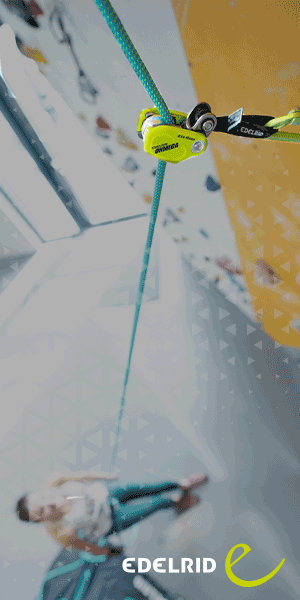
The expedition studied climbers on Everest, measuring blood oxygen levels at altitudes of up to 8400m. This research has helped give a better understanding of how people in intensive care might be treated. It seems likely that performance at high altitude is affected by how much oxygen a person's haemoglobin can carry, or the efficiency of the cellular factories known as mitochondria, which use the oxygen.
Commenting on the sciencenews website, expedition leader Michael Grocott of University College London says:
"Patients suffering from cystic fibrosis, septic shock and other critical ailments often have severely low levels of blood oxygen. Treatment often involves administering oxygen with a mask, or mechanically ventilating the lungs, a harsh procedure that can do more harm than good..."
"The blood oxygen levels of the four tested climbers were startlingly low — the lowest a mere 19.1 millimetres mercury, the researchers report. In patients, levels below 60 mm Hg are cause for concern."
"The findings suggest that the amount of oxygen alone isn't the secret to physiological success. Other factors could be how much oxygen a person's haemoglobin can carry, or the efficiency of the cellular factories known as mitochondria, which use the oxygen."
“There's a significant possibility that some people may just be more efficient.”
Jagged Globe helped 240 trekkers reach base camp as part of this medical research, as well as the climbing team, who took arterial blood samples on the Balcony (8,400m).
Read a full report on the Science News website.





Comments